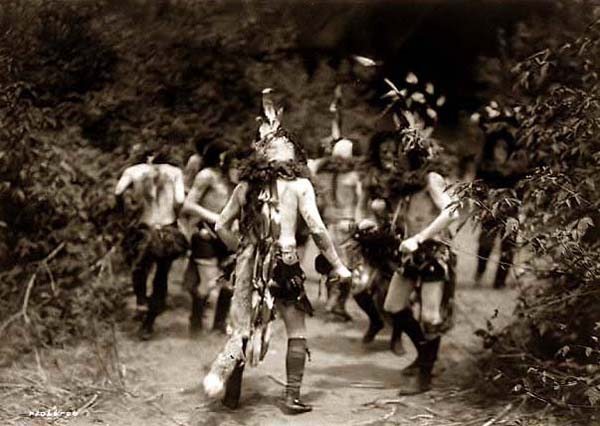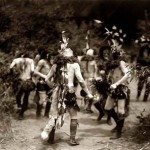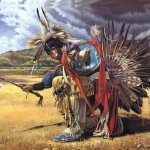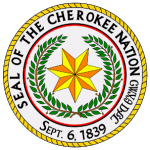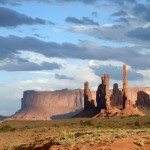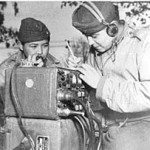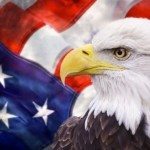“Lakota spirituality is the one thing that must not be stolen.”
Notes From Indian Country, By Tim Giago (Nanwica Kciji)
It seems to me that the spirituality (religion) of so many Indian tribes has become diluted by overexposure and by flagrant abuse by wannabes, false shaman and New Agers. There is also the problem of one tribe after another adopting the ceremonial practices of other tribes.
One of the most sacred ceremonies of the Lakota and other tribes of the Northern Plains is the Sundance. The Navajo are now conducting a Sundance at Big Mountain, a section of land once held by the Navajo that was partitioned by the federal government and returned to the Hopi Nation.
The Sundance was never a Navajo ceremony. Why they would want to usurp and claim one of the most sacred ceremonies of the tribes of the Northern Plains is puzzling. Of course, the abuse of the Sundance began amongst the Sioux people themselves when some Lakota, claiming to be medicine men, opened up the ceremony to outsiders, mostly non-Indians, and started to charge money to the attendees.
A true Sundance is held in private for tribal members only. No non-Indians or non-members are permitted to attend. The Sundance held at Porcupine on the Pine Ridge Reservation and conducted by Rick Two Dogs, a most respected spiritual leader, is closed to the public. Armed guards are posted at the only entrance to the Sundance Grounds and each individual entering the Grounds must produce evidence of identity. There are no exceptions.
If you are not a member of the tribe you are turned away. There are also no charges. The same can be said of the most guarded ceremonies of some of the Pueblo people of New Mexico and the Hopi of Arizona. Perhaps these tribes may put on a show of a ceremony for the general public during the tourist season, but the true and sacred ceremonies are always held in secret, outside of the prying eyes of the non-member and non-Indian.
There are many Indians who do not like to see public displays of their spirituality. I always use “spirituality” to describe the sacred rites of an Indian tribe because to use the word “religion” would not be correct. A religion is structured as an organized faith that is practiced within the pages of a written document such as a Bible or Quran. The “spirituality” of the Indian nations is one of absolute freedom that has no dogmatic guidelines.
By public display I mean those times when the prayers of the Indian spiritual leader are performed in front of a mixed audience. Other Indians have told me that they are embarrassed when a spiritual leader prays in his or her own language to an audience of non-Indians incapable of understanding what he is saying.
For the most part the audience stands in reverence with heads bowed and hands clasped in front of them. In the old days the Lakota never stood with head bowed when they prayed. The stood with arms outstretched and heads held high as they prayed to the sky where Wakan Tanka (Great Spirit) dwelled.
It seems that Indians cannot have a convention without calling upon a local medicine man to say a prayer in a language none of them understand. The prayer is always said from the rostrum before the start of the convention. Sometimes the prayer is longer than the keynote address that is about to follow. This causes the non-Indian audience to shift from foot to foot in an effort to remain respectful.
I’ve even heard non-Indian audiences applaud after the medicine man completes his prayer. Jolly good show, old bean! And that is what it turns out to be oftentimes, just a good show for an audience wanting to have “an Indian experience”.
The next convention I stage will be held differently. I will ask that the Indian people gather in a private place where they can share a prayer with a Holy Man prior to going to the convention floor. In this way our spirituality is kept to ourselves and not put on public display.
There are those elders who are bothered by all of this public display of spirituality also. I have heard them say, “The white man took everything that once belonged to us and now they want to take our spirituality.” Of course, this is always followed by, “This is the one thing we have left and it is the one thing that we must keep for ourselves only.”
In a way, I feel sorry for those Indian people who have embraced the religion of the invaders. How can they worship a God that was brought over from another world? There are those who say we all worship the same God so what difference does it make what our religion?
I believe an impartial observer of the Hindu, Muslim, Jew, and Christian would find that hard to swallow. If they worship the same God then why are they killing each other because of their religious differences?
Embracing the religion of the white man did not save the lives of those Indians slaughtered in the name of the new God they had just embraced. The spirituality of the Indian people should once more be taken to a secret place.
There should be no more of this “Indians on parade” mentality to start a convention. If the true spirituality of the Lakota, Hopi, Pueblo, Blackfeet, Crow, Navajo, Inupiat or of any other Indian nation of the Western Hemisphere is to mean anything to the Indian people themselves, it must be taken back from those who stole it, abused it, and made fun of it.
Indian spirituality is not a commodity that can be bought or sold. It is not something that can be brought out into the light like a flag only when it needs to be waved. Nor is it something that can be imitated by pretenders. It is something that is deep, profound, sensual, mysterious, ancient and unfathomable.
It is the one thing we still own that cannot be given away, shared, or taken from us. Once our spirituality is gone, we no longer exist as a distinct people.

